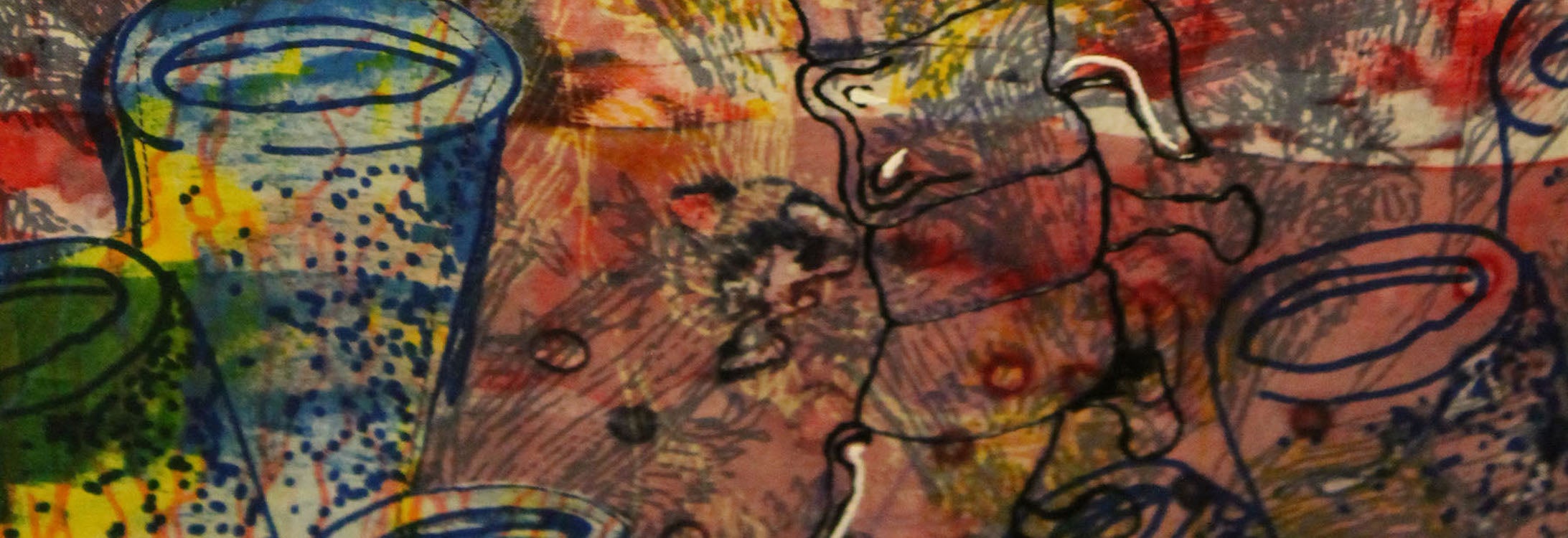Anna Small
BFA ’20 Textile Design

Anna Small is from Charlotte, North Carolina, and is graduating from East Carolina University with a bachelor’s degree in fine arts with a concentration in textiles. Her work is inspired by biodiversity and culture. Through different shibori techniques, surface design, and screen printing she focuses on creating bold colorful wearables and wall hangings to showcase her wildlife obsessions, color theory, and knowledge of art history. Anna’s long term goal is to run her own textile boutique selling home accessories and garments. She currently sells her textile art online and at Emerge Art Gallery in Greenville, North Carolina. Anna’s work has also been exhibited both locally and regionally.
Artist Statement
In this body of work, the dying coral reef is used as a metaphor for the brain, specifically a brain that has progressive Alzheimer’s disease. The coral reef is a beautiful ecosystem that houses and nourishes hundreds of different species. However, because of human interaction, pollution, and natural causes, the coral reef is dying due to an effect called Coral bleaching. Coral Bleaching happens when coral is stressed by conditions such as high-temperature waters due to global warming. The brain is a beautiful organ that serves as the center of the nervous system; it is the most complex organ in the human body because it is responsible for “…our thoughts, memory and speech, movement of the arms and legs, and the function of many organs within our bodies”(Hines, 2018). Alzheimer’s disease is an irreversible, progressive brain disorder that slowly destroys motor skills and makes it difficult to carry out the simplest tasks.
The coral reef is important because it provides for both humans and the species that live there; the coral reefs protect coastlines from storms and erosion, provide jobs for the local communities such as federally managed fisheries, which provides a significant source of food, and offers opportunities for recreation. Tourism plays a big role near reef ecosystems, generating $100 million annually through diving tours, fishing trips, hotels, restaurants, and other businesses that thrive off of this commercial activity. More importantly, scientists from the National Oceanic and Atmospheric Administration (NOAA) have started using chemicals from live coral to develop new drugs that help fight infectious diseases, including Alzheimer’s disease.
I use images of the brain and coral because they represent topics that have a personal connection to me. Both of my grandparents have passed away due to Alzheimer’s disease. Some of my fondest memories of them are from the times we spent at the beach. I want to raise awareness about the importance of the coral reef to our ecosystem, to medical advances, as well as what can be done to preserve and to maintain it. I have chosen to use multiple screenprint techniques to demonstrate the complex layers of both the brain and the coral reef. Throughout this body of work, all fabric, including its scraps are used. Utilizing this method, I further emphasize the value of reuse and recycle to do my part in reducing ocean pollution. In a way, it’s ironic that we need live coral to help us fight off our own decay, but we neglect potential resources that can aid in a greater purpose to us. This irony needs to be exposed.
Works Cited
Hines, Tonya. “Brain Anatomy, Anatomy of the Human Brain.” Mayfieldclinic.com, 2018, mayfieldclinic.com/pe-anatbrain.htm.
NOAAs Coral Reef Conservation Program, Department of Commerce. “NOAA’s Coral Reef Conservation Program (CRCP) Home Page.” NOAA Coral Reef Conservation Program (CRCP) Home Page, 12 Oct. 2007, coralreef.noaa.gov/.
Sanctuary, Florida Keys National Marine. “Coral Reefs Support Jobs, Tourism, and Fisheries.” How Do Corals Reefs Benefit the Economy?, National Ocean Service, 4 Apr. 2011, floridakeys.noaa.gov/corals/economy.html.

5 Trillion, 2020
Plastic, fabric scraps, machine sewing
36×40 in
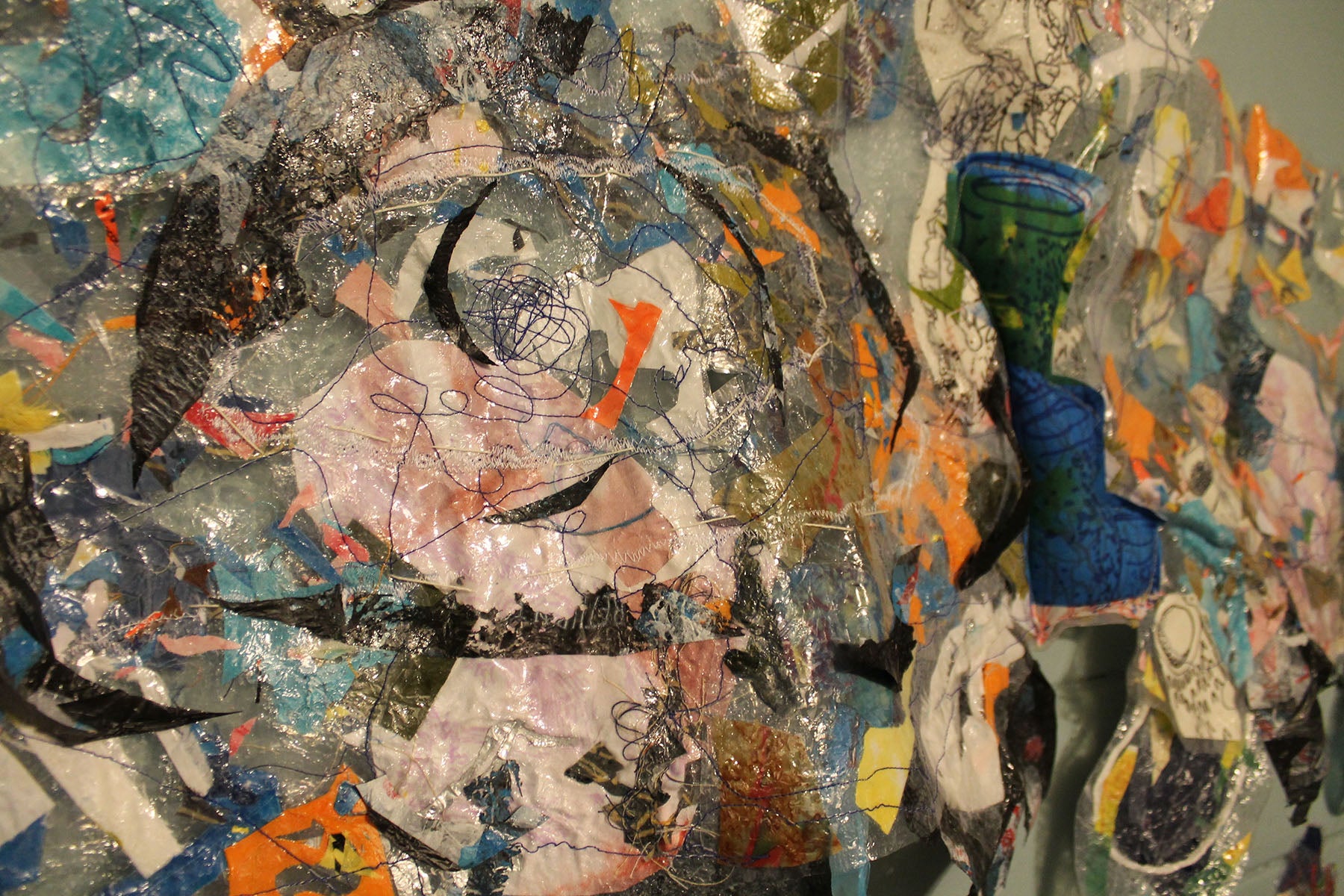
5 Trillion, 2020
Plastic, fabric scraps, machine sewing
36×40 in

Floating Away, 2020
Habotai silk, muslin, thread
46×92 in
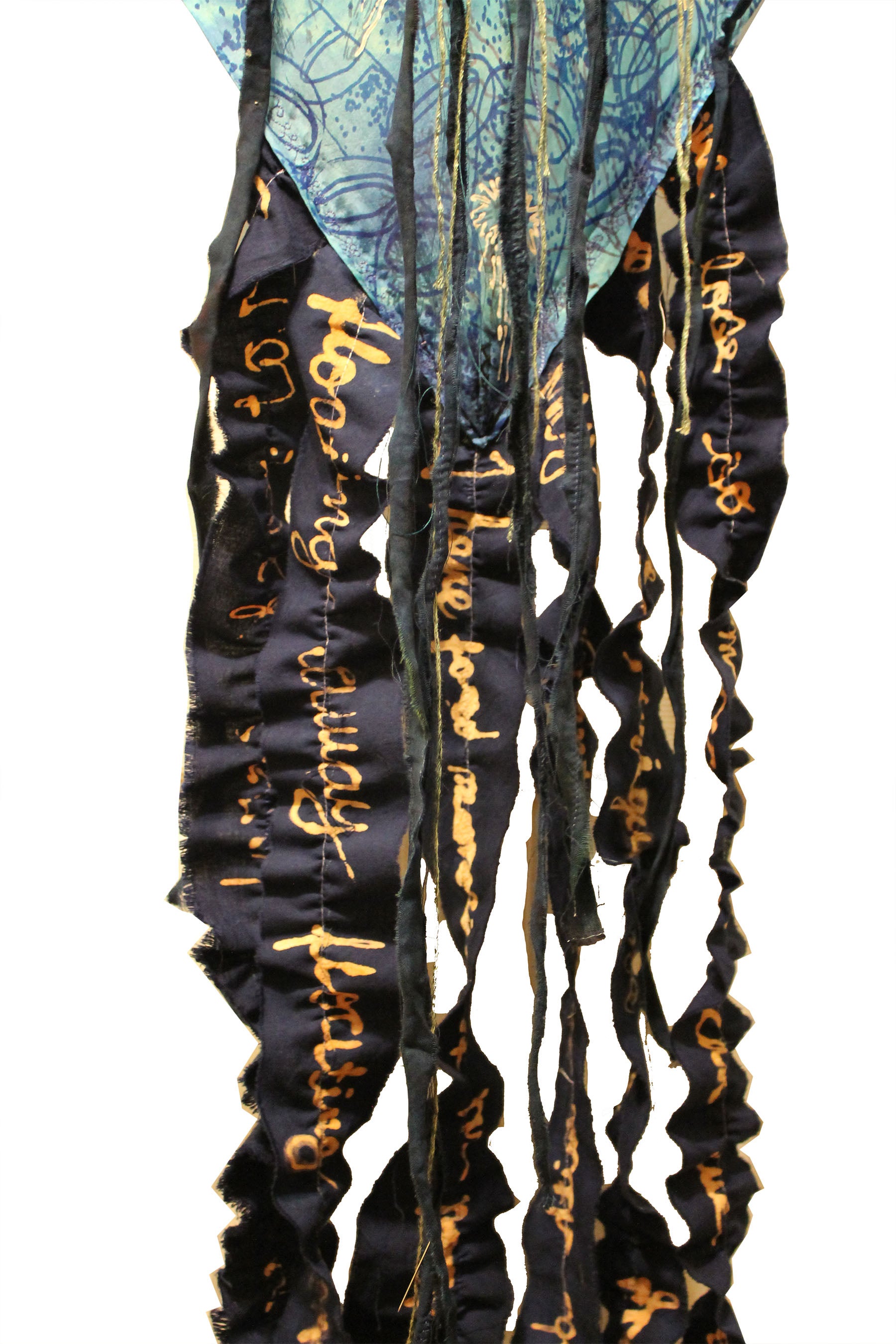
Floating Away, 2020
Habotai silk, muslin, thread
46×92 in
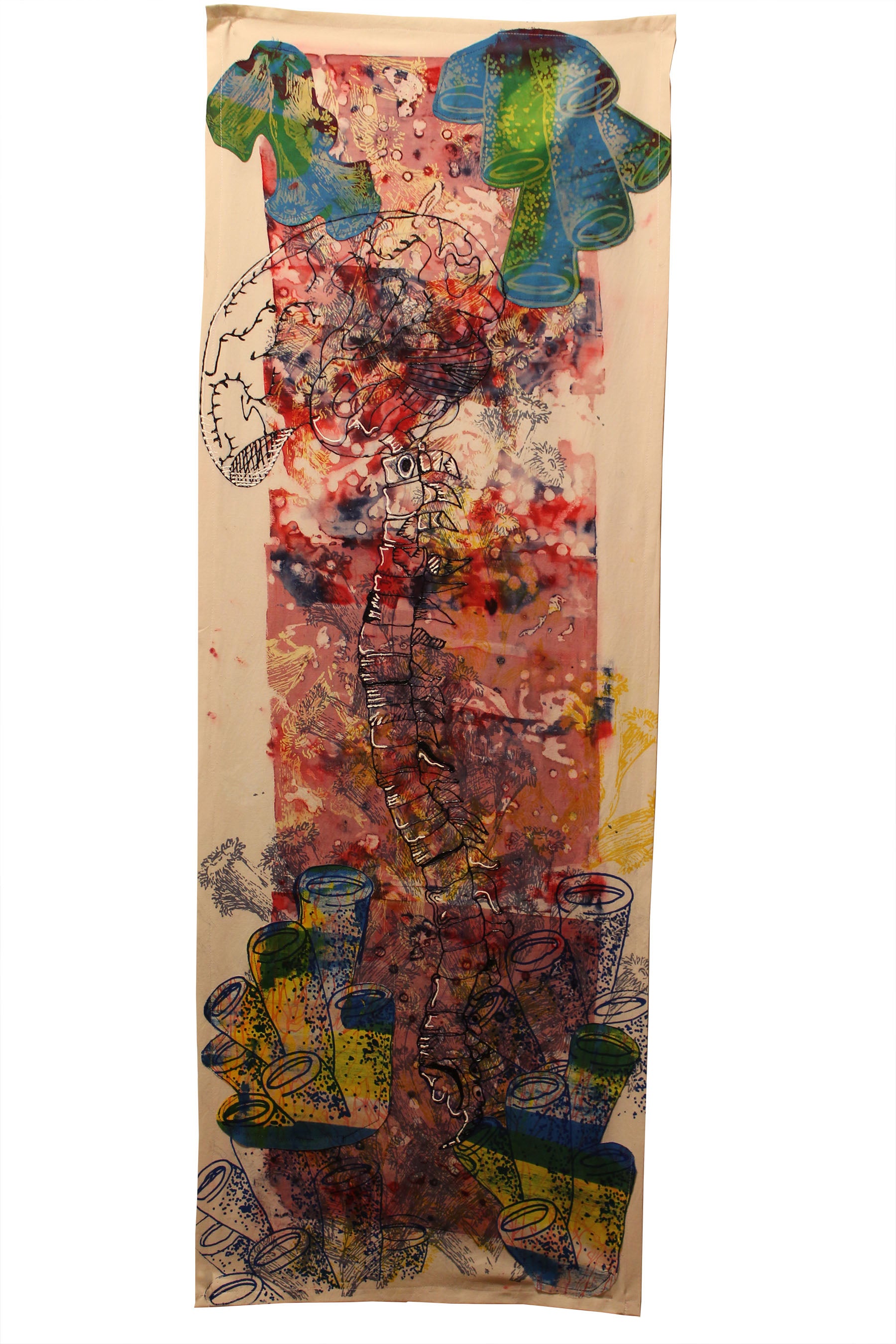
Fluidity, 2020
Screen printing, acrylic paint
17×46 in

Fluidity, 2020
Screen printing, acrylic paint
17×46 in
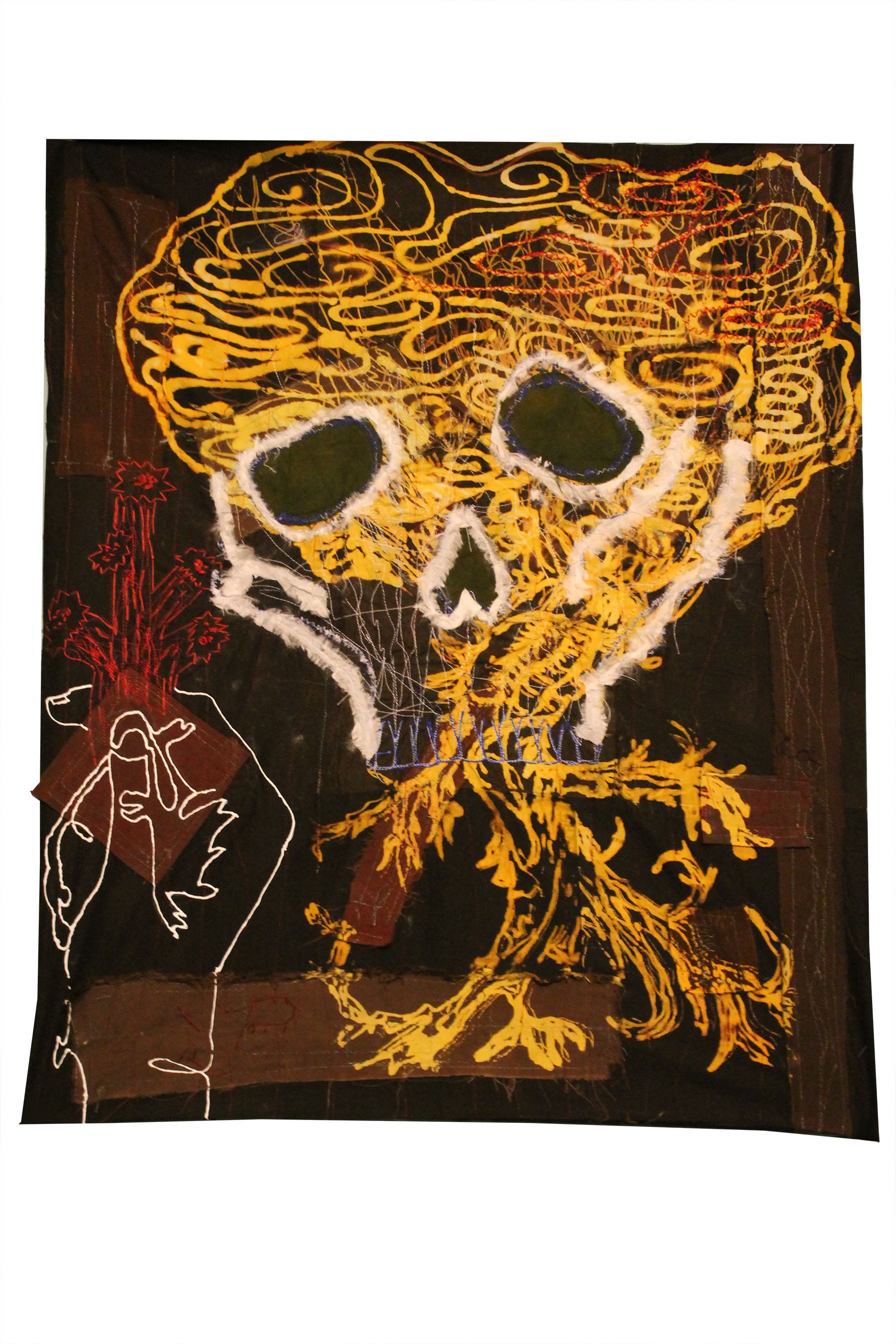
Mind and Body, 2020
Muslin, thiox, acrylic paint, machine sewing, embroidery
24×28 in
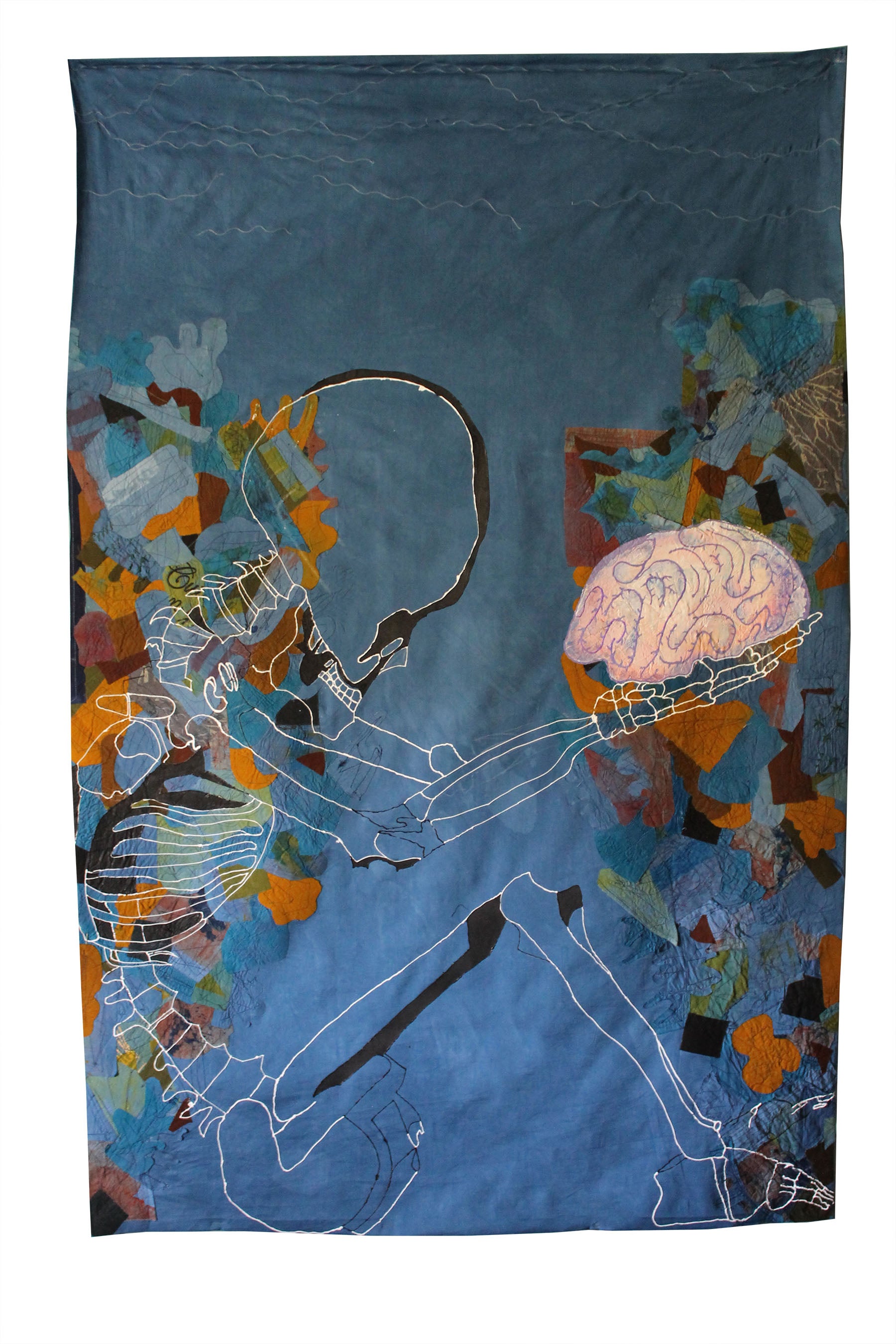
The Underlying Truth, 2020
Muslin, machine seawing, acrylic paint
40×60 in
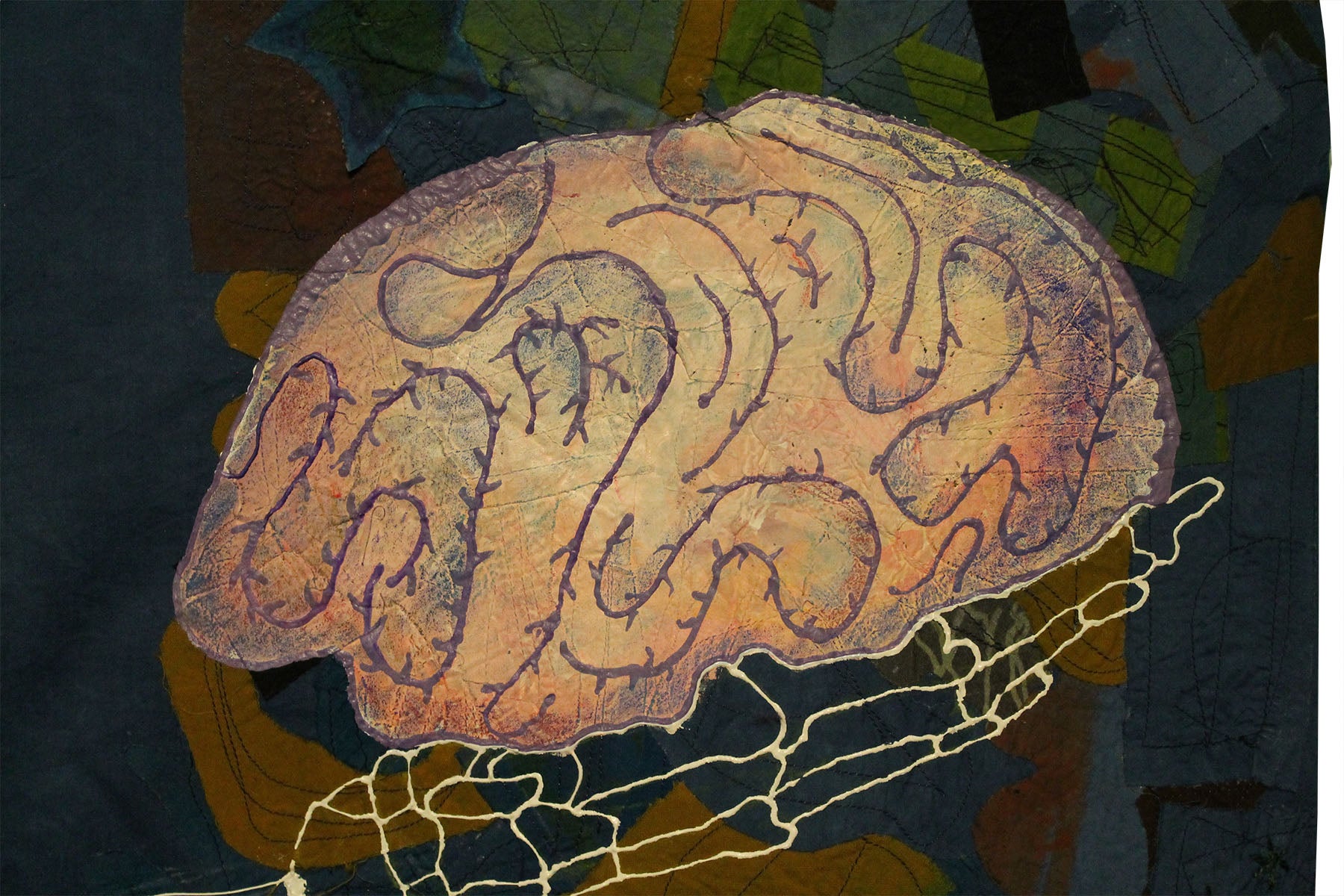
The Underlying Truth, 2020
Muslin, machine seawing, acrylic paint
40×60 in
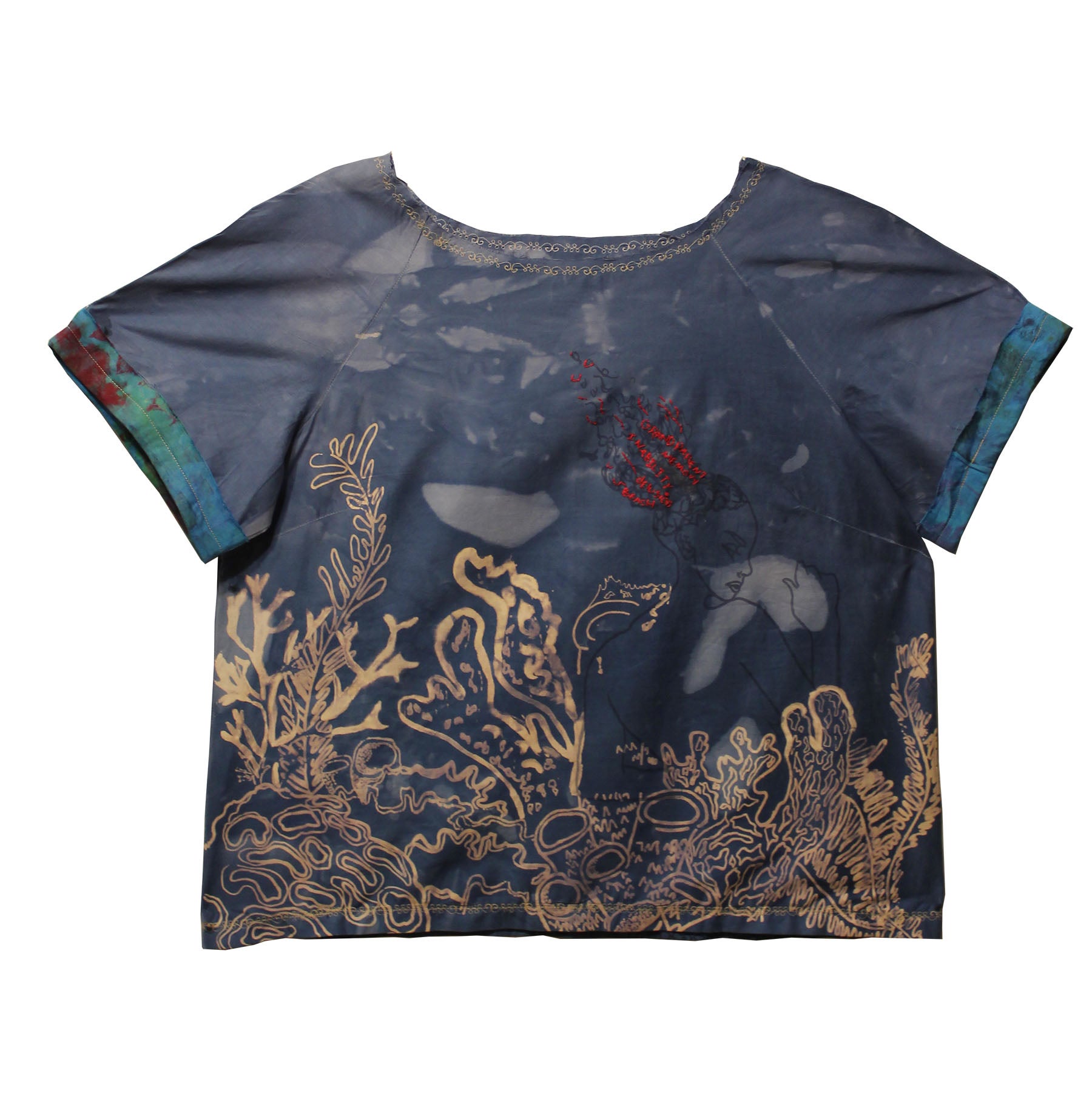
Worn and Loved, 2020
Muslin, thiox, screen printing, embroidery
21×22 in
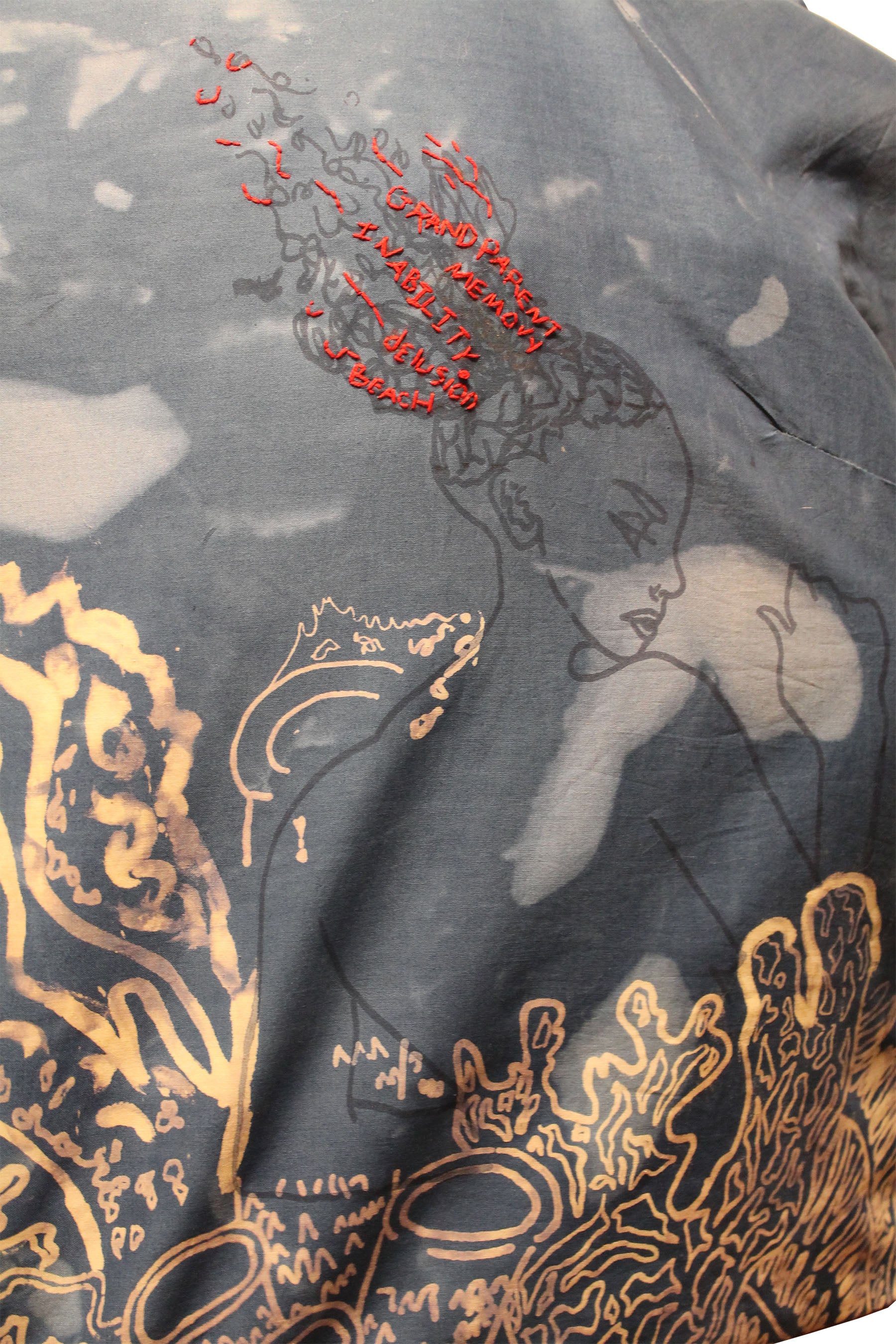
Worn and Loved, 2020
Muslin, thiox, screen printing, embroidery
21×22 in
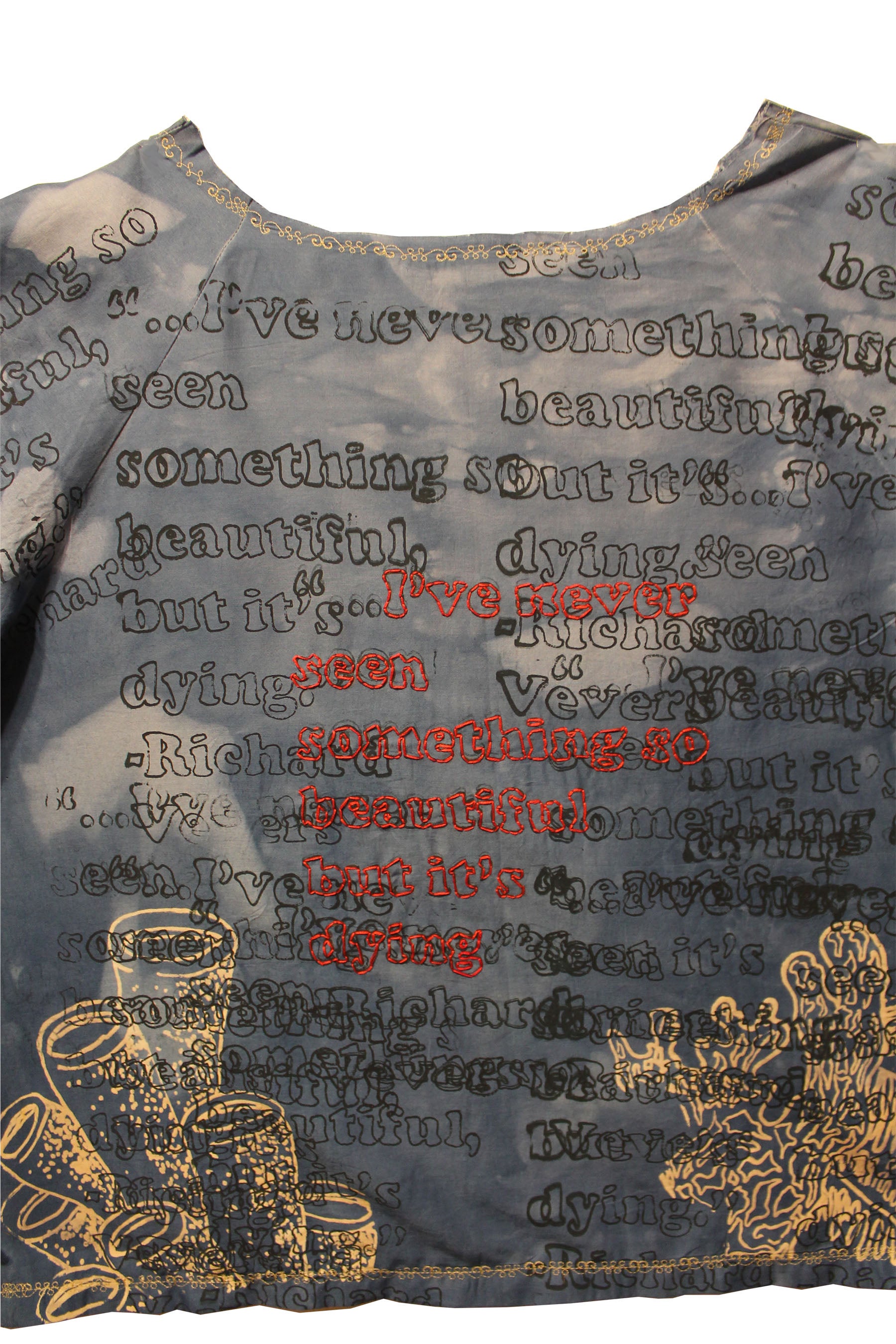
Worn and Loved, 2020
Muslin, thiox, screen printing, embroidery
21×22 in
